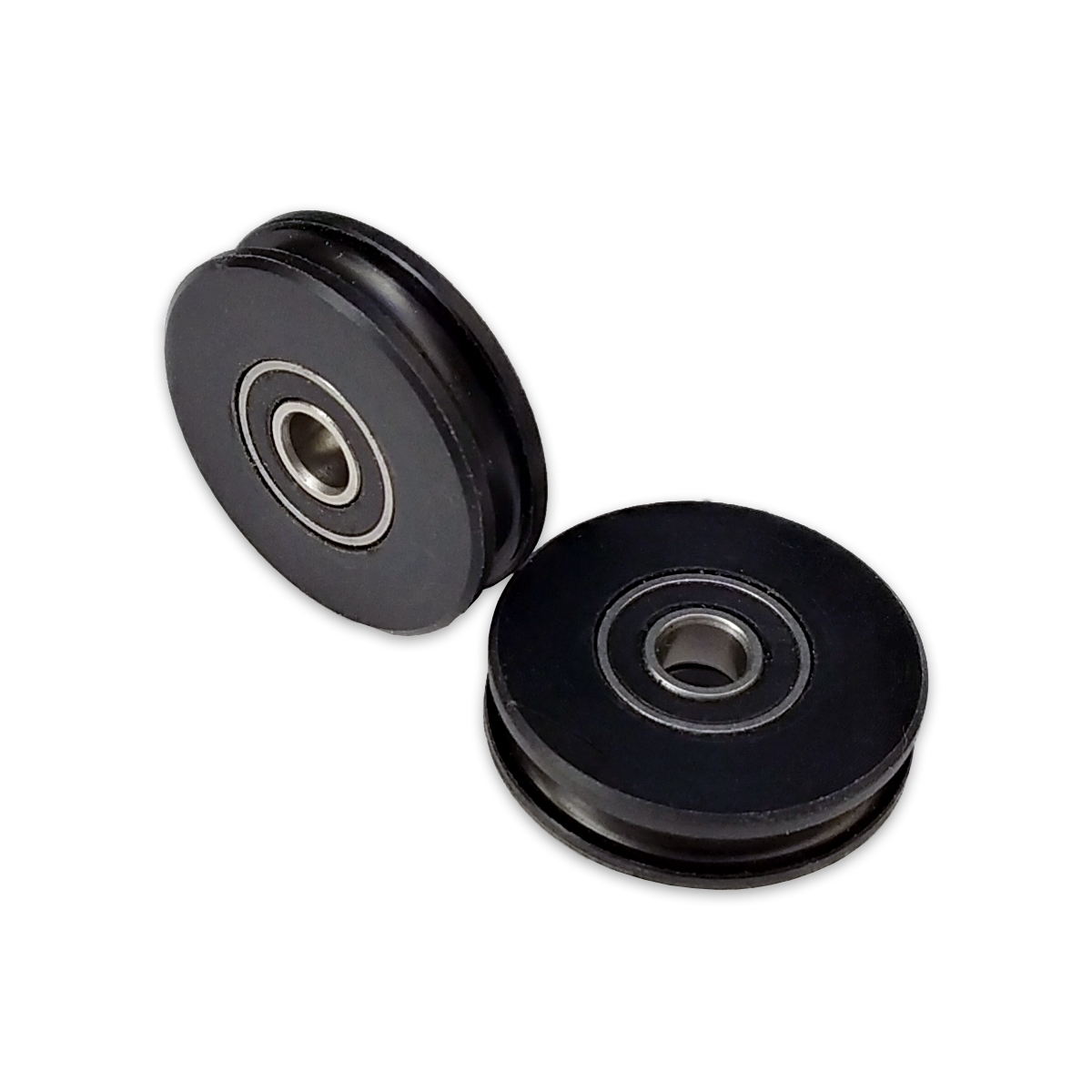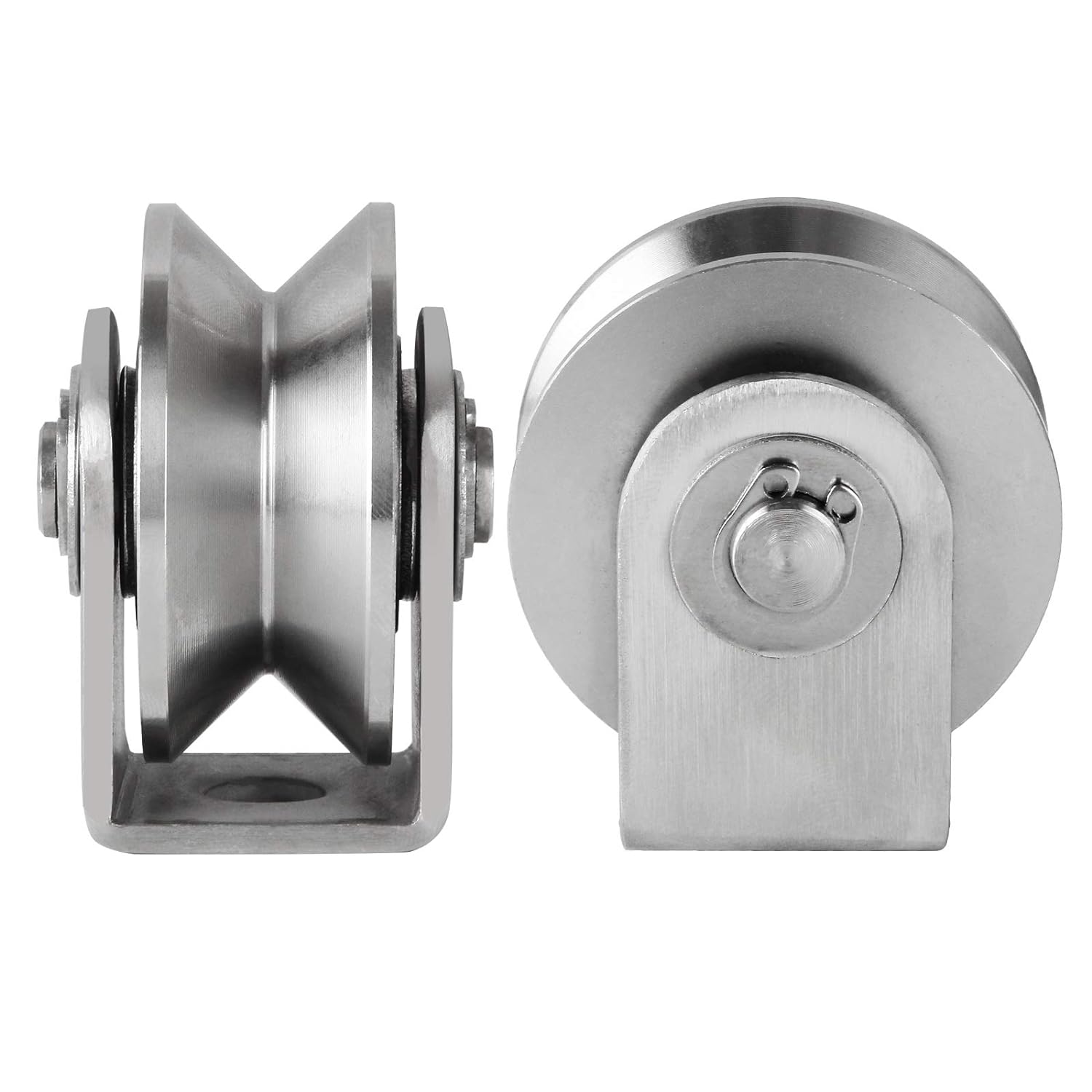Product Description
Our Advantages
-
Highly customized, minimum order accept 1 roller.
Price favorable.
Delivery time is faster and more flexible!
Company Profile
Certifications
FAQ
Q: What’re your main products?
A: DC brushless motor roller/AC 3ph motor roller/Direct drive motor roller/Oil immersed motor roller/Gear reduction motor/controller box
Q: How to select a suitable motor roller?
A:If you have motor roller pictures or drawings to show us, or you have detailed specs like conveyor mode(pallet or belt),linear speed,loading weight,loading object material,roller diameter,length,voltage and noise level etc, then we can recommend suitable motor roller to you.
Q: Do you have a customized service for your standard motor rollers?
A: Yes, we can customize.
Q: Do you have an individual design service for motor rollers?
A: Yes, we would like to design roller individually for our customers.
Q: What’s your lead time?
A: Generally speaking, our regular standard product will need 7~15days, a bit longer for customized products. But we are very flexible on the lead time, it will depend on the specific orders.
Product Description
Detailed Photos
| Material: | Stainless Steel |
|---|---|
| Surface Treatment: | Electroplating |
| Motor Type: | Build-in Motor |
| Installation: | Horizontal |
| Speed Regulation: | 12.5%~150% |
| Customization: | Available |
| Samples: |
US$ 200/Piece
1 Piece(Min.Order) | |
|---|
| Customization: |
Available
| Customized Request |
|---|

What are some real-world examples of roller pulley applications in logistics and manufacturing?
Roller pulleys find extensive applications in logistics and manufacturing industries due to their versatility and efficiency in material handling. Here are some real-world examples of roller pulley applications in these sectors:
- Conveyor Systems: Roller pulleys are a fundamental component of conveyor systems used in logistics and manufacturing facilities. They facilitate the movement of materials along the conveyor belts, allowing for efficient transportation, sorting, and distribution of goods. Conveyor systems equipped with roller pulleys are employed in various settings, including warehouses, distribution centers, airports, production lines, and e-commerce fulfillment centers.
- Packaging and Sorting: Roller pulleys play a crucial role in packaging and sorting operations. They are used in automated packaging lines to transport products from one station to another, facilitating the packaging process. Roller pulleys with specialized features, such as tapered rollers or diverter rollers, are employed in sorting systems to accurately divert or merge items based on predefined criteria, improving the speed and accuracy of order fulfillment.
- Pallet Handling: Roller pulleys are utilized in pallet handling applications, where palletized goods need to be transported, loaded, or unloaded. Pallet conveyors equipped with roller pulleys enable the smooth movement and positioning of pallets, ensuring efficient loading and unloading operations in warehouses, distribution centers, and manufacturing facilities.
- Assembly Lines: Roller pulleys are integrated into assembly lines to facilitate the movement of components or products during the manufacturing process. They enable the smooth flow of materials between workstations, allowing for efficient assembly, testing, or inspection operations. Roller pulleys contribute to the overall productivity and throughput of assembly lines by minimizing manual handling and optimizing material flow.
- Automated Material Handling: Roller pulleys are essential in automated material handling systems, where robotics and advanced technologies are employed. They are used in conjunction with robotic arms or automated guided vehicles (AGVs) to transport materials within a facility. Roller pulleys ensure precise movement and positioning of materials, enabling seamless integration between automation systems and conveyor networks.
- Warehousing and Distribution: Roller pulleys are widely utilized in warehousing and distribution operations. They are employed in conveyor systems for efficient loading and unloading of trucks, cross-docking operations, order picking, and inventory management. Roller pulleys increase the speed and accuracy of material flow within warehouses and distribution centers, enhancing overall operational efficiency.
These are just a few examples of roller pulley applications in logistics and manufacturing. The versatility and adaptability of roller pulleys make them integral to a wide range of material handling processes, contributing to improved efficiency, productivity, and automation in these industries.

What role do roller pulleys play in controlling the direction and flow of materials?
Roller pulleys play a crucial role in controlling the direction and flow of materials in conveyor systems. They contribute to the efficient and reliable movement of materials along the desired path. Here’s how roller pulleys accomplish this:
- Change of Direction: Roller pulleys are used to change the direction of the conveyor belt, allowing materials to move along curved or angled paths. By using a combination of different-sized roller pulleys and carefully designed conveyor geometry, materials can be smoothly redirected as needed.
- Belt Tension and Tracking: Roller pulleys help maintain proper tension and tracking of the conveyor belt. Tensioning pulleys, also known as snub or take-up pulleys, are used to apply tension to the belt, ensuring it remains properly aligned and taut. Tracking pulleys, such as crowned or V-shaped pulleys, assist in keeping the belt centered and preventing it from drifting off-course.
- Controlled Material Flow: The arrangement and spacing of roller pulleys influence the material flow on the conveyor belt. By strategically positioning rollers, it is possible to create gentle inclines or declines, control the speed of material movement, and prevent material accumulation or blockages.
- Impact and Damage Reduction: Roller pulleys, particularly impact rollers, help absorb the impact of heavy or sharp-edged materials as they land on the conveyor belt. They cushion the impact, reducing the risk of belt damage and extending its lifespan. Roller pulleys also minimize friction between the belt and the pulley surface, reducing wear and tear on the belt and maintaining its integrity.
- Material Centering and Stabilization: Certain roller pulley designs, such as tapered rollers, assist in centering and stabilizing materials on the conveyor belt. Tapered rollers gradually guide materials towards the center of the belt, preventing them from veering off-course or getting stuck along the edges.
Overall, roller pulleys are essential components in controlling the direction and flow of materials in conveyor systems. They enable smooth changes in direction, maintain belt tension and tracking, control material flow, reduce impact and damage, and assist in material centering and stabilization. By utilizing the appropriate roller pulleys and optimizing their configuration, conveyor systems can effectively transport materials along desired paths with precision and reliability.

What is a roller pulley, and how is it used in material handling and conveyor systems?
A roller pulley is a specific type of pulley commonly used in material handling and conveyor systems. Here’s a detailed explanation:
Definition: A roller pulley, also known as a conveyor roller, is a cylindrical component with a built-in bearing or bushing that rotates around a central axis. It features a series of rollers or wheels along its length, which enable smooth movement and support the weight of conveyed materials.
Usage in Material Handling and Conveyor Systems:
1. Load Support: Roller pulleys are primarily used to support and transport various types of loads in material handling and conveyor systems. The rollers on the pulley provide a rolling surface for items to move along, reducing friction and facilitating the smooth flow of materials. They are commonly employed in industries such as manufacturing, distribution centers, airports, and warehouses.
2. Conveyor Belt Support: Roller pulleys are often used in conjunction with conveyor belts. The pulleys support the belt, which is looped around them, and facilitate the movement of the belt and thematerials being conveyed. The rollers on the pulley minimize the contact area between the belt and pulley, reducing friction and allowing for efficient and reliable belt motion.
3. Directional Control: Roller pulleys can also be utilized to control the direction of material flow in conveyor systems. By strategically positioning the roller pulleys, curves, turns, and changes in direction can be introduced into the conveyor path. This enables the efficient routing of materials and allows conveyor systems to navigate through complex layouts and spaces.
4. Accumulation and Sorting: Roller pulleys can be designed with specific features to facilitate accumulation and sorting of materials. For example, accumulation roller pulleys may have a low-friction surface or be equipped with brake mechanisms to temporarily stop or slow down the flow of materials. Sorting roller pulleys may have dividers or guides to redirect items to different output lanes based on predetermined criteria.
Benefits of Roller Pulleys:
1. Smooth and Efficient Material Flow: The rollers on a roller pulley provide low-friction surfaces, allowing materials to flow smoothly and minimizing the effort required for movement. This results in efficient and reliable material handling in conveyor systems.
2. Load Bearing Capacity: Roller pulleys are designed to support heavy loads, making them suitable for material handling applications that involve transporting bulky or weighty items. The robust construction and load-bearing capabilities of roller pulleys ensure reliable and safe operation.
3. Flexibility and Adaptability: Roller pulleys offer flexibility in terms of conveyor system design and layout. They can be configured to accommodate various conveyor widths, lengths, and configurations, allowing for customization to suit specific material handling requirements.
4. Durability: Roller pulleys are typically constructed from durable materials such as steel or high-strength plastics. This ensures their longevity and ability to withstand heavy usage and harsh operating conditions.
In summary, a roller pulley is a specialized pulley component utilized in material handling and conveyor systems. It supports loads, facilitates the movement of conveyor belts, controls material flow direction, and enables accumulation and sorting. Roller pulleys offer benefits such as smooth material flow, high load-bearing capacity, flexibility in system design, and durability, making them integral to efficient and reliable material handling operations.


editor by CX
2023-09-21